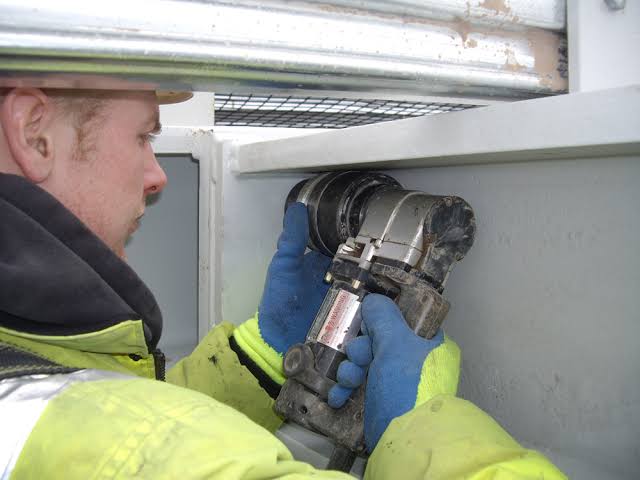Understanding how insurance companies determine fault in accidents is essential. When you’re involved in a collision, knowing who is at fault can impact what you pay and who covers the damage. Insurance companies look at the details you provide, like police reports and photos. They consider statements from any involved parties. Sometimes, they analyze traffic laws to see if any were broken. An auto accidents lawyer can help you understand your rights and obligations. They can ensure you communicate the right information to your insurer. Fault determination can be complex. It’s usually not about one single factor. Insurers weigh multiple elements to make a decision. It’s crucial to be informed and prepared. This knowledge can protect your rights and help you make informed decisions after an accident. Stay calm and proactive to navigate the process smoothly and fairly.
Information Reviewed by Insurers
Insurance companies gather various types of information to decide fault. They look into:
- Police Reports: Official documents provide a detailed account of the accident.
- Photographs: Visual evidence helps clarify the damage and accident scene.
- Witness Statements: Accounts from those who saw the accident unfold.
- Traffic Laws: Insurers check if any rules were broken during the incident.
Each piece of information holds a significant value. Combined, they paint a clearer picture of what happened. For more detailed guidance, visit the National Highway Traffic Safety Administration website.
Fault in Different Types of Accidents
Fault determination varies by accident type:
| Type of Accident | Typical Fault |
| Rear-End Collision | Driver in the back usually at fault |
| Side-Impact Accident | Often determined by who had right of way |
| Head-On Collision | Often shared, depending on circumstances |
These guidelines are not absolute. Every accident is unique, and the insurer’s decision can vary based on specific details.
State Laws and Fault Determination
Laws differ by state. Some states follow “no-fault” rules, meaning each driver’s insurance covers their own damages regardless of fault. Other states use “comparative fault” or “contributory negligence” rules. Understanding these laws is crucial for knowing how insurers will handle your case. To learn more about specific state laws, visit the USA.gov State Consumer page.
The Role of Technology
Technology increasingly helps in fault determination. Dashcams record accidents in real time, offering undeniable evidence. Some vehicles have built-in sensors that log data during collisions. Insurers use this technology to support their decisions. It adds a layer of accuracy that human observation sometimes misses.
Steps to Take After an Accident
After an accident, taking the right steps is important:
- Stay Safe: Ensure everyone is safe and call emergency services if needed.
- Document: Take photos, gather witness information, and note down any details.
- Report: Contact your insurance company promptly to report the incident.
Being organized and thorough supports your case when insurers determine fault.
Conclusion
Understanding how fault is determined by insurance companies helps you handle the aftermath of an accident better. It allows you to navigate the process with confidence. Preparing beforehand and knowing what to expect can make a significant difference in your experience. Stay aware, stay safe, and ensure you know your rights and responsibilities.






